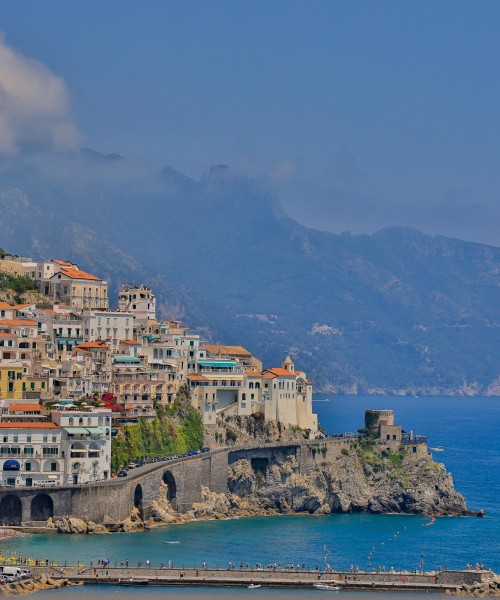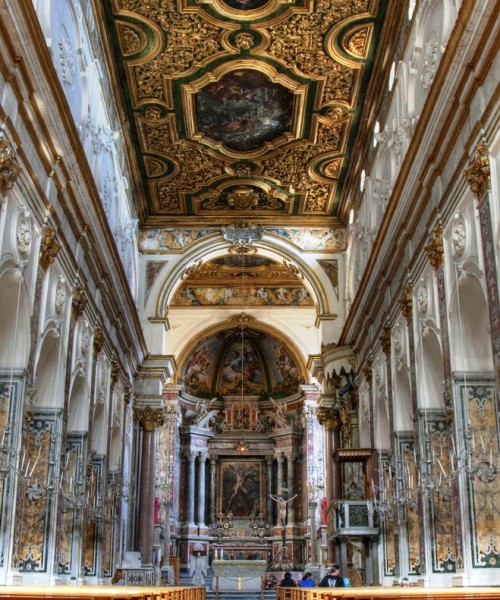The origins of Amalfi date back to the Roman era when it was an important commercial and port center. However, it is in the medieval period that the city reached its peak of prosperity and influence.
During the 9th century, Amalfi became an autonomous maritime republic and one of the first four Italian maritime republics, along with Venice, Genoa, and Pisa. Its strategic position in the Tyrrhenian Sea contributed to its success as a commercial and port center. Amalfi was renowned for its merchant fleet, advanced legal system, and paper production.
The paper production in Amalfi was particularly famous. The people of Amalfi developed a method to produce paper using water mills powered by the region’s rich network of streams. Amalfi paper soon became a prized product and was exported throughout the Mediterranean. The paper industry of Amalfi significantly contributed to the city’s wealth.
Over time, however, Amalfi’s fortune began to decline. During the 13th century, the city became involved in conflicts with other maritime republics and also faced the threat of Saracen pirate raids. In the following centuries, Amalfi gradually lost its economic and political significance.
Today, Amalfi is renowned for its scenic beauty, historical architecture, and coastal charm. Visitors can explore the Cathedral of St. Andrew, an imposing church dating back to the 10th century, as well as the Cloister of Paradise and the Arsenal Museum. The Amalfi Coast has become a popular tourist destination, attracting travelers from around the world with its combination of breathtaking landscapes, fascinating history, and vibrant culture.









